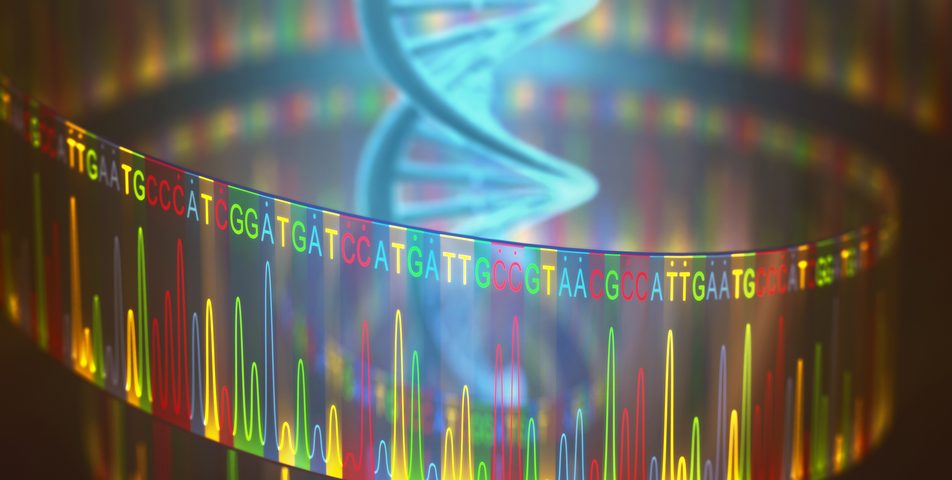Certain breast cancers that rely on estrogen to grow can become resistant to treatment by producing their own fuel, according to the findings of an international team.
The study, “Acquired CYP19A1 amplification is an early specific mechanism of aromatase inhibitor resistance in ERα metastatic breast cancer,” developed by researchers at the Imperial College London and the European Institute of Oncology in Milan, appeared in Nature Genetics. It shows that cancer cells can become resistant to estrogen-lowering drugs like aromatase inhibitors by increasing the number of aromatase genes, which allows them to produce their own estrogen.
Estrogen receptor (ER)-positive breast cancers, which rely on the estrogen hormone to grow, account for more than 70 percent of all breast cancers. These patients often receive one of two classes of drugs after undergoing surgery.
The first class, which includes tamoxifen, prevents estrogen from binding to DNA in cancer cells. The second class, called aromatase inhibitors, prevents estrogen from being produced by an enzyme called aromatase. These drugs, which include Arimidex (anastrozole), Aromasin (exemestane), and Femara (letrozole), are usually given to postmenopausal women. Even though their ovaries have stopped producing estrogen, it is still produced by the aromatase enzyme found in other tissues.
Given that one in three patients taking tamoxifen or aromatase inhibitors eventually develop resistance, the researchers sought to understand the mechanism underlying such resistance.
They analyzed samples from 150 women whose cancer had metastasized following surgery and found that 25 percent of patients taking aromatase inhibitors showed increased expression of aromatase in their cancer cells, which occurred though the amplification, or increase in number, of aromatase genes.
By increasing the amount of aromatase, the cancer cells could produce their own estrogen without needing external sources, making them resistant to the aromatase inhibitors.
“For the first time, we have seen how breast cancer tumours become resistant to aromatase inhibitors,” Dr. Luca Magnani, co-lead author of the study from Imperial College’s Department of Surgery and Cancer, said in a press release. “The treatments work by cutting off the tumour’s fuel supply — estrogen — but the cancer adapts to this by making its own fuel supply.”
Almost none of the patients taking tamoxifen showed increased production of aromatase, suggesting that patients acquired resistance through a distinct mechanism. The team now plans further studies to unravel the mechanism of resistance to tamoxifen treatment.
In addition, the researchers are trying to come up with a way of identifying patients whose tumors have become resistant by producing their own estrogen.
“In many cases when an aromatase inhibitor stops working in a patient, doctors will try another type of aromatase inhibitor,” said Magnani. “However, our research suggests that if the patient’s cancer has started to make their own aromatase, this second drug would be useless. This is why we need a test to identify these patients.”
In the meantime, Magnani suggests that a second biopsy should be collected as soon as the cancer comes back.
“At the moment, patients often only have one biopsy, when they are first diagnosed,” he said. “However, if they had a second biopsy when the cancer returns, this will give us vital information about how the cancer has evolved and the treatment options available.”

